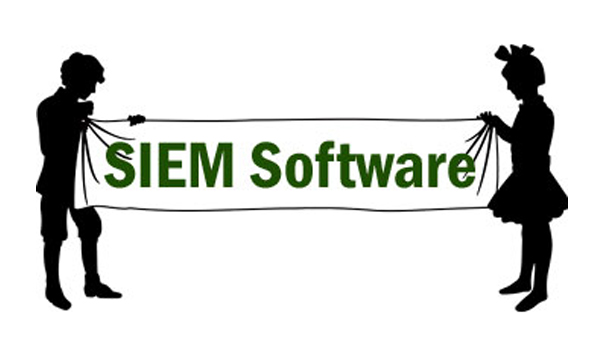
SIEM Software:
SIEM or security information and event management software is a software that provides an insight view and an opportunity to track record of the activities within the IT environment of security professionals. Along with providing a centralized view into the infrastructure of a network, it also provides data analysis, aggregation and reporting, log management and event correlation.
- Real time visibility of information security systems across an organization can be provided by a SIEM software.
- Consolidating data from numerous sources can be done by using event log management.
- SIEM not only log security events, but also analyze the log entries to identify signs of malicious activity. A SIEM can reconstruct the series of events by collecting events from all of the sources across the network to determine what was the nature of the attack and whether or not it succeeded.
- A SIEM is not capable of stopping an attack directly. However, it can communicate with other network security controls, such as firewalls, so that their configurations can be changed to block the malicious activity.
- A SIEM can terminate those connections or interactions if any any activity involving a known threat is detected to prevent an attack from occurring.
- A correlation of events collected from various logs or security sources can be done using if-then rules that add intelligence to raw data.
- Automatic security event notifications or other methods of direct notification can be generated for security issues in dashboard that is provided by most of the SIEM software.
- SIEM is used in in regulated industries by many companies to protect their sensitive data and to establish proof of their working standards, which allows them to meet compliance requirements.
- A single SIEM server is capable of receiving various log data from many sources and can generate one report that addresses all of the relevant logged security events among these sources. It has a centralized logging capability that eliminates the need of labor-intensive task of retrieving log data individually from each source which is cost effective.
- A SIEM improves efficiency of incident handling by allowing a security professional to identify the route of an attack through the network quickly, rapid identification of all sources that were affected by a particular attack and stopping attacks that are still in progress by automated mechanisms.
Working of SIEM Software:
SIEM works by combining two technologies that include SIM and SEM.
- SIM or Security information management gather data from log files to analyze and reports on security threats and events.
- SEM or security event management conducts real time system monitoring by generating notification to network admins about important issues. It also establishes correlations between security events.
The process of security information and event management software has following steps:
Data collection:
The sources of network security information, such as servers, firewalls, antivirus software, operating systems and intrusion prevention systems are configured to feed event data into a SIEM tool. Event logs can be collected from enterprise systems using agents, which are then processed, filtered and sent to the SIEM.
Policies:
The SIEM administrator create a profile which defines the behavior of enterprise systems. The behavior is defined under normal conditions as well as during pre-defined security incidents. Default rules, reports, alerts and dashboards are provided by SIEM that can be tuned and customized to fit specific security needs.
Data consolidation and correlation:
SIEM software consolidate, parse and analyze log files. Based on the raw data, events can be categorized and correlation rules are applied to help combine individual data events into meaningful security issues.
Automatic Notifications:
An automatic notification is generated and send to security personnel each time an event or set of events triggers a SIEM rule.